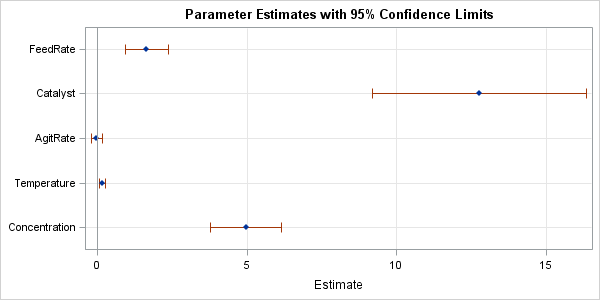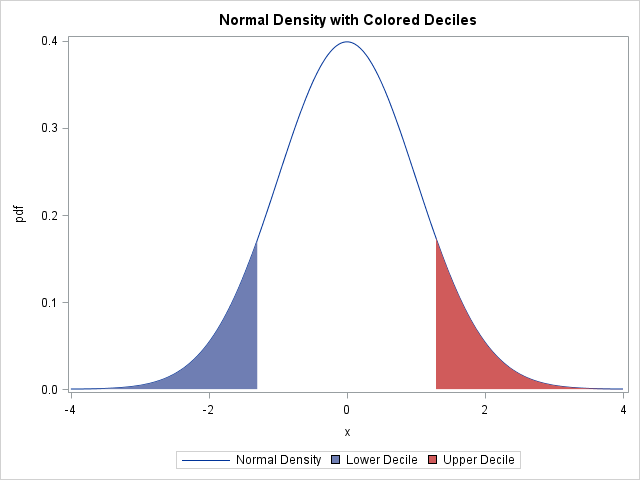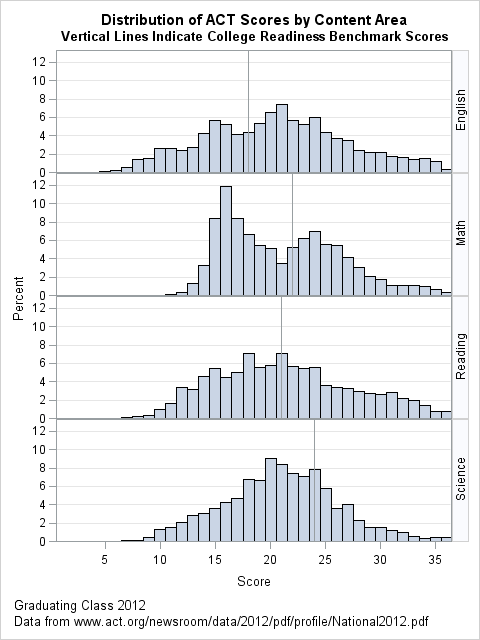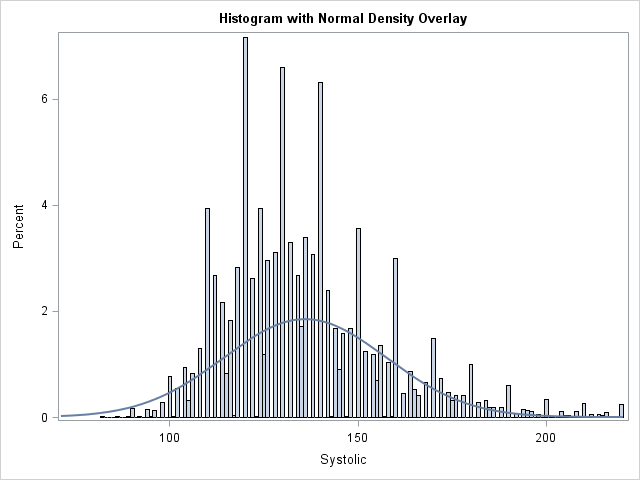
In many procedures, the ID statement is used to identify observations by specifying an identifying variable, such as a name or a patient ID. In many regression procedures, you can specify multiple ID variables, and all variables are copied into output data sets that contain observation-wise statistics such as predicted









